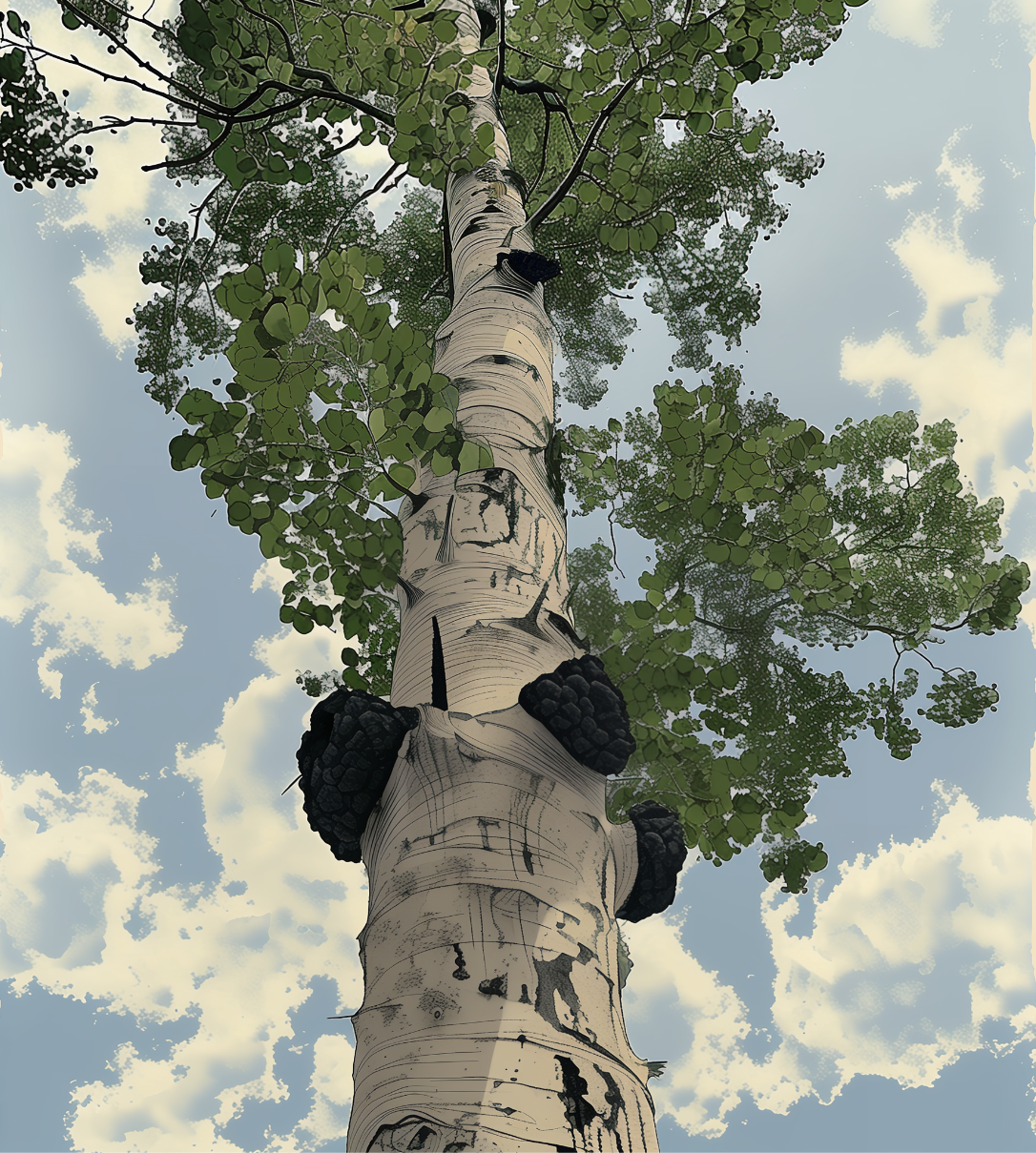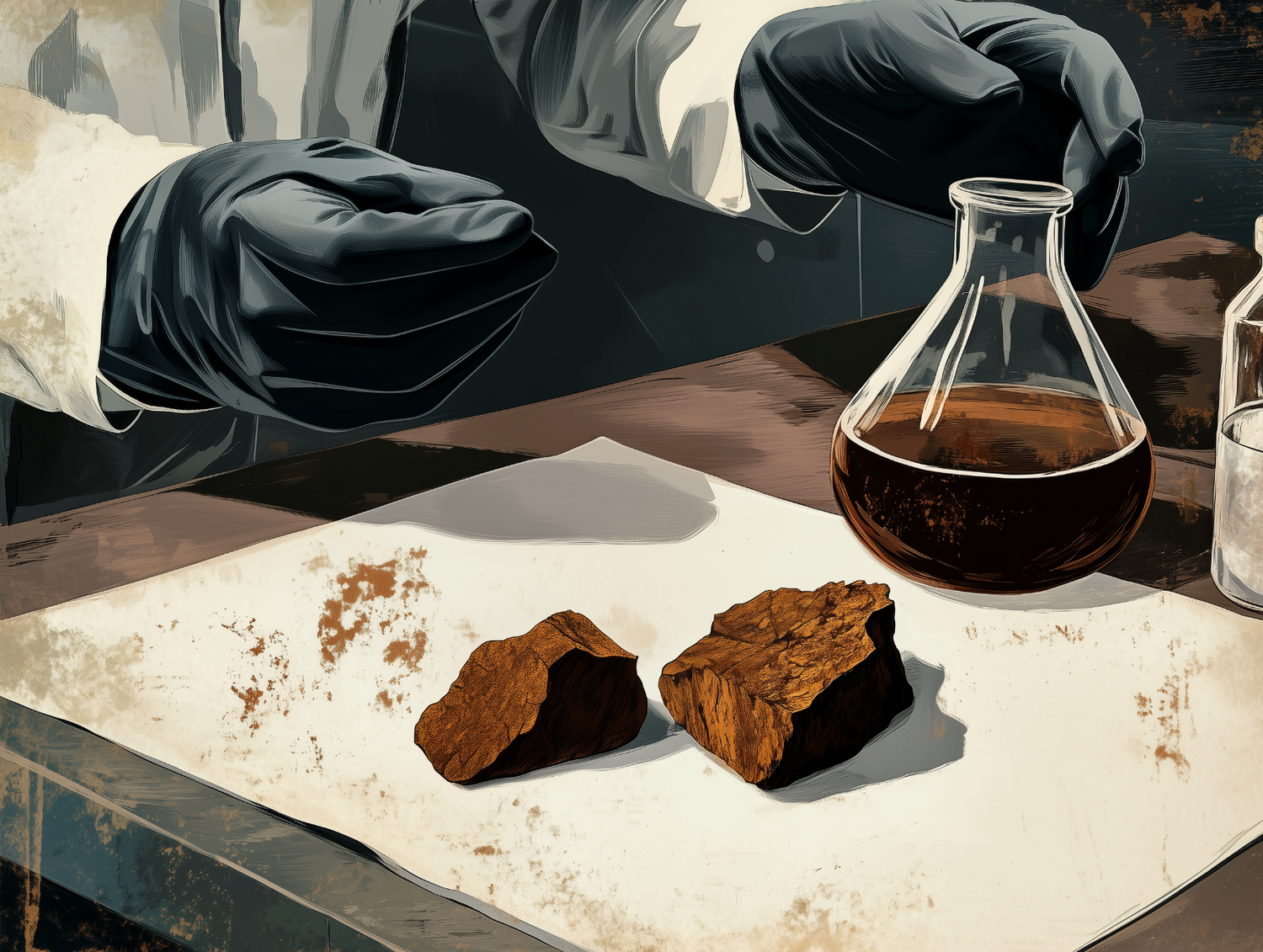What is Chaga?
"Chaga mushroom" is the common name for Inonotus obliquus, a fungus widely distributed throughout the Northern Hemisphere. Predominantly harvested from birch trees, the dark brown chunks of hardened mycelium can used to brew chaga tea, or concentrated into an extract for increased potency.

Benefits of Chaga
Chaga is renowned for its potent phytonutrient content and remarkable therapeutic potential, earning the moniker "The Diamond of the Forest." Through scientific research, chaga has demonstrated its health-promoting versatility as a potent antioxidant, anti-inflammatory, antiviral, and even anti-tumor agent. Chaga's remarkable array of potential health benefits has elevated it from a traditional folk remedy to a globally acclaimed natural supplement.

Discovery & Early Use
The indigenous Khanty people of Western Siberia pioneered the use of chaga as early as the 12th century. They brewed chaga into tea and soup broths, crafted it into soap, and used it in rituals for its distinct aromatic smoke. Similarly, several indigenous North American tribes also utilized chaga to treat a variety of ailments, including joint pain, infection, and toothaches.
By the 16th century, knowledge of chaga's impressive medicinal properties had entered the realm of traditional Russian medicine, where it was used to treat various forms of cancer.

A Worthy Coffee Substitute
During World War II, Finland faced severe coffee shortages due to disrupted supply routes. In response, the Finns resourcefully pioneered the use of chaga tea as a coffee alternative. Brewing wild foraged chaga into a rich, dark brown tea became popular practice.
This innovative solution proved to be more than just a replacement for coffee. Finnish soldiers came to prize chaga tea for its nutritional and disease-fighting properties. Chaga became a valuable asset, helping troops persevere through the harsh challenges of wartime in northern Europe. Thus, what began as a creative response to scarcity evolved into an appreciated source of nourishment and resilience.

Mycochemistry
The rising popularity of chaga as a supplement has prompted scientific investigation into its chemical composition and potential health benefits. As this fungus grows on birch trees, it concentrates valuable compounds from the nutrient-rich sap, synthesizing a diverse array of substances. Those with known human benefits generally fall into four main groups: polysaccharides, peptides, minerals, and bioactive compounds. Continuing pharmacological studies are unraveling the mechanisms through which chaga exerts its beneficial effects.
